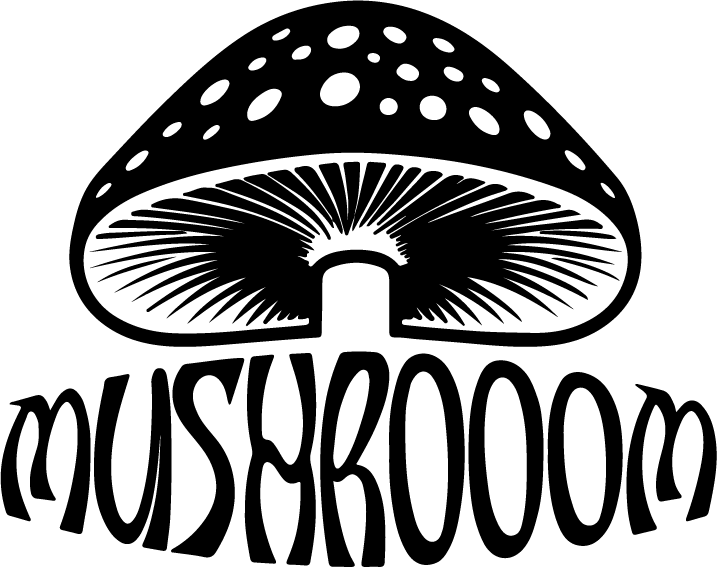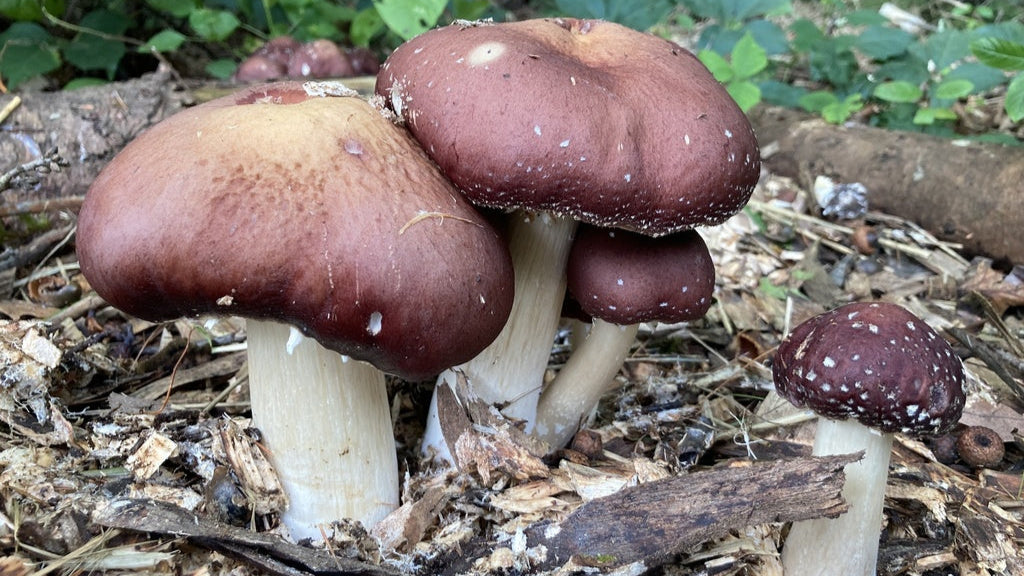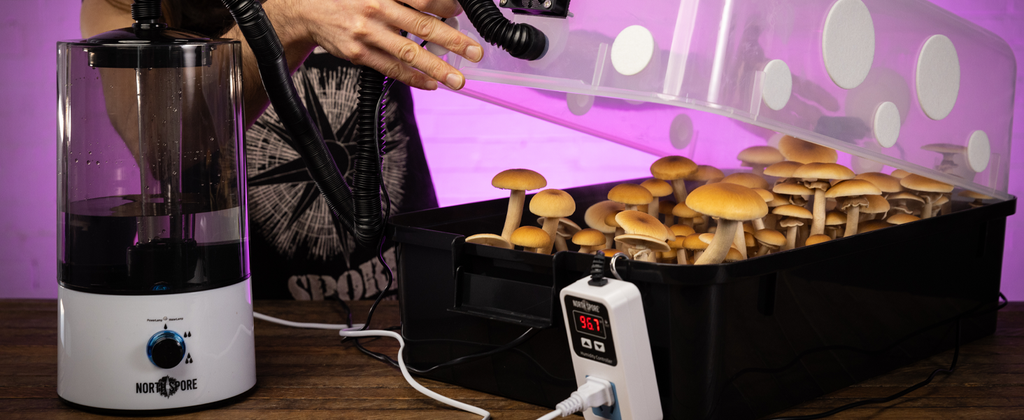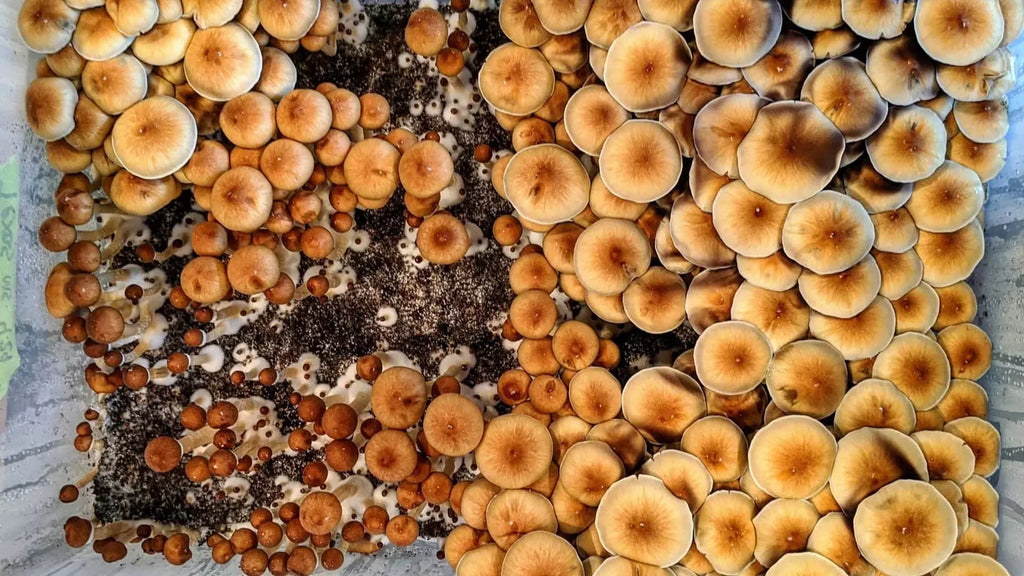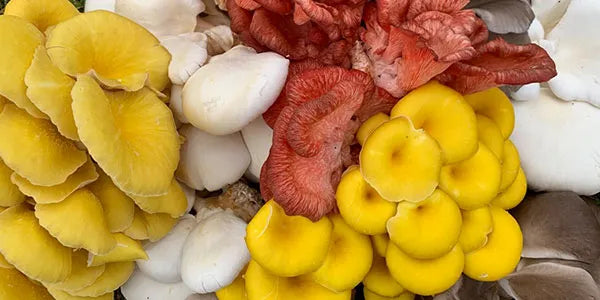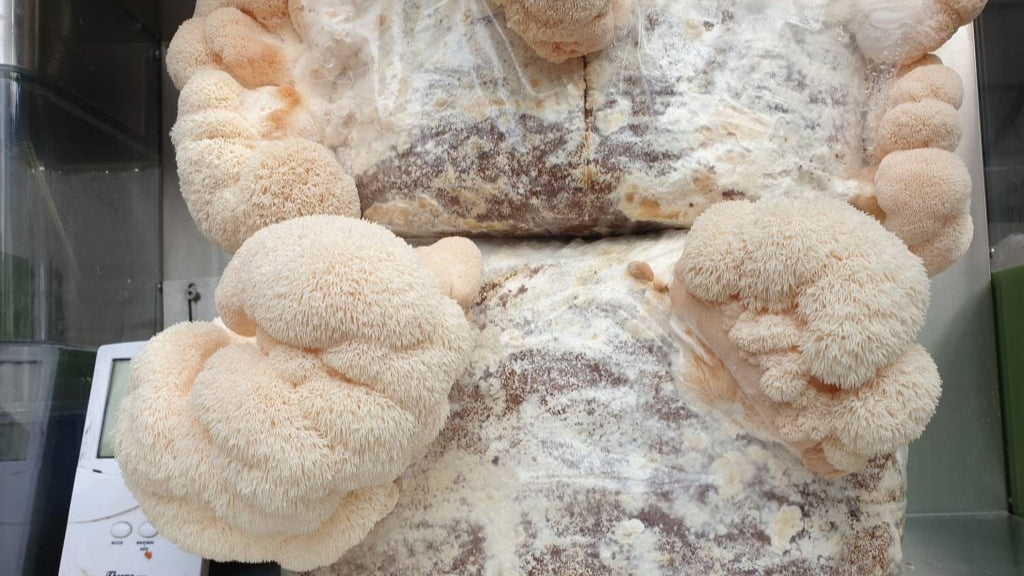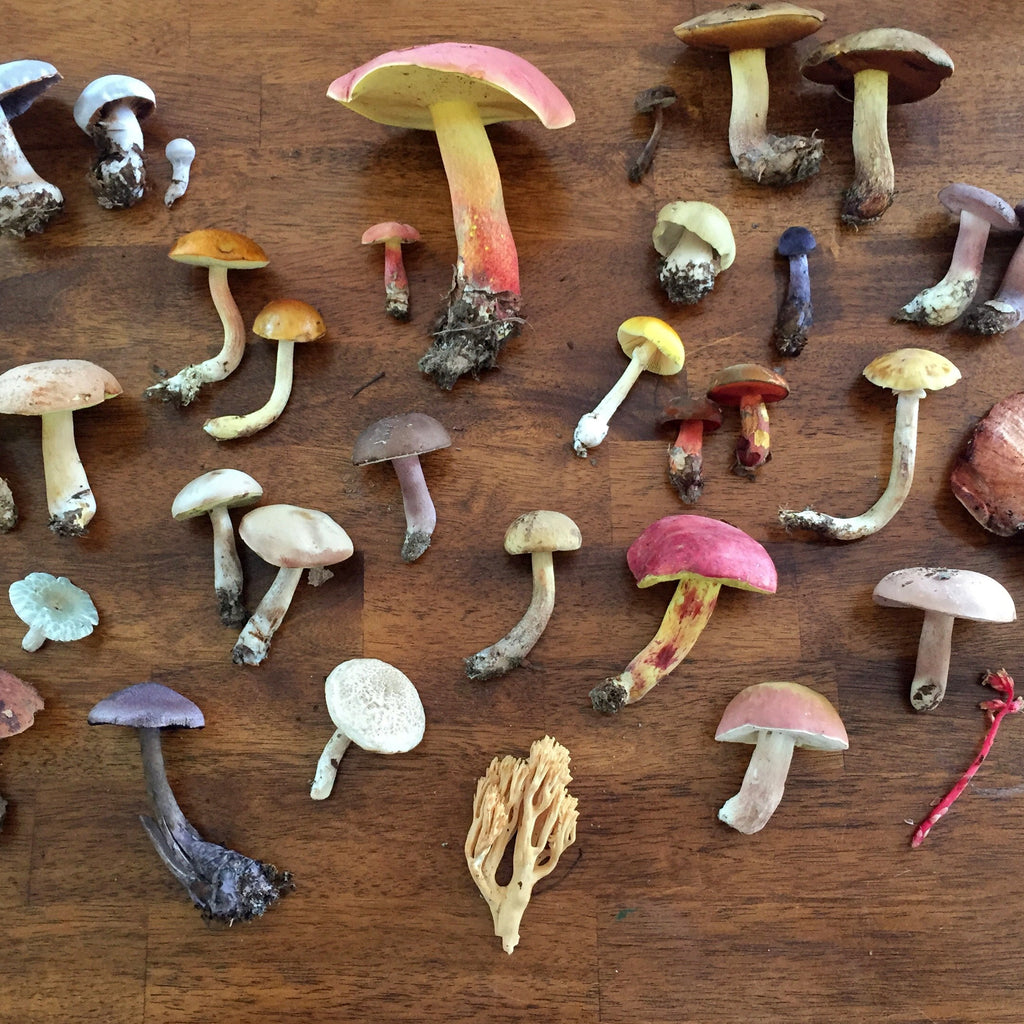
Choosing the Right Location for Your Mushroom Farm

When it comes to starting a mushroom farm, one of the most critical decisions you’ll make is selecting the ideal location. The environment plays a crucial role in mushroom cultivation, and getting it right can make the difference between a successful harvest and wasted efforts. In this blog, we’ll explore the pros and cons of indoor vs. outdoor mushroom farming, the importance of temperature and humidity, and how to choose the right space based on your farm's scale.
Indoor vs. Outdoor Mushroom Farming: Which is Best?
Indoor Mushroom Farming: A Controlled Environment
Most commercial mushroom farms opt for indoor spaces to maintain optimal growing conditions. The primary reason for this is control. Indoor environments allow for better regulation of temperature, humidity, and light—three crucial factors for mushroom growth. By keeping these conditions stable, you reduce the risks of crop loss caused by unpredictable weather patterns or pests.
Benefits of Indoor Mushroom Farming:
Climate Control: Maintaining a stable environment is easier indoors, which is essential for mushrooms that thrive in specific conditions.
Protection from Weather: Outdoor conditions like rain, extreme temperatures, or drought can harm your crops, but indoor farming eliminates these risks.
Space Efficiency: You can maximize the use of smaller spaces indoors, such as unused rooms, basements, or warehouses.
Challenges of Indoor Mushroom Farming:
Initial Setup Costs: Setting up an indoor farm often requires more investment in
equipment like HVAC systems, humidifiers, and grow lights.
Energy Costs: Maintaining the right temperature and humidity indoors may increase energy consumption, especially in areas with extreme weather.
Outdoor Mushroom Farming: Harnessing Nature's Resources
While less common for large-scale commercial operations, outdoor mushroom farming can still be a viable option, especially for small, niche growers. Outdoors, mushrooms can take advantage of natural humidity and temperature fluctuations, reducing the need for artificial environmental controls.
Benefits of Outdoor Mushroom Farming:
Lower Initial Costs: Outdoor setups are often less expensive, as you don't need to invest in climate control systems.
Sustainability: By relying on natural elements, outdoor farming can reduce the carbon footprint and energy consumption associated with indoor farms.
Larger Space Availability: Outdoor farms can offer more room for expansion and scalability without the constraints of indoor space limitations.
Challenges of Outdoor Mushroom Farming:
Unpredictable Weather: Weather conditions such as temperature extremes, rainfall, or
drought can affect mushroom growth, leading to potential crop failure.
Pest and Disease Risks: Outdoor farms are more exposed to pests and diseases that can harm mushrooms, requiring additional management and protection.
The Importance of Temperature and Humidity in Mushroom Farming
Whether you choose an indoor or outdoor location, temperature and humidity are two essential factors for successful mushroom cultivation. Mushrooms require a cool, humid environment to grow properly. Generally, the ideal conditions are:
Humidity: 50-60% humidity is optimal for most mushroom species. Too little moisture can cause drying and poor growth, while too much can lead to mold and fungal diseases.
Temperature: Mushrooms prefer temperatures ranging from 55-65°F (13-18°C). Temperatures outside this range can stress the mushrooms, slowing growth or causing them to spoil.
Indoor Control vs. Outdoor Variability
Indoor farms offer the distinct advantage of controlling temperature and humidity precisely. This control allows you to maintain a constant growing environment, leading to higher yields and consistent quality. On the other hand, outdoor farming is subject to the whims of the weather, making it difficult to ensure these perfect conditions.
Space Considerations for Mushroom Farms
The size of your mushroom farm will significantly influence the type of space you need. Depending on your scale, you may only need a small room, a greenhouse, or even an entire warehouse.
Small-Scale Mushroom Farming
For hobbyists or small-scale growers, a spare room or basement is often sufficient for cultivating mushrooms. If you’re growing on a smaller scale, you can set up basic equipment like shelves, growing racks, and humidifiers. Even a closet can work as long as you have the proper conditions in place.
Medium-Scale Mushroom Farming
If you plan to grow mushrooms in larger quantities, you may need a dedicated space such as a greenhouse or a larger indoor room. This allows you to set up more extensive shelving systems, climate control equipment, and harvesting stations. The space should be large enough to accommodate your needs without being too vast, as smaller spaces can be easier to manage and control.
Large-Scale Mushroom Farming
For larger operations, a warehouse or dedicated farm space is necessary. This allows for the scale needed to produce mushrooms in bulk, including industrial-sized shelving, multiple growing rooms, and more extensive environmental controls. Larger spaces also offer the flexibility to diversify your product offerings, such as growing different types of mushrooms simultaneously.
Finding the Right Location for Your Mushroom Farm
Choosing the right location for your mushroom farm is a critical decision that can impact the success of your venture. While indoor farming offers climate control and protection from the elements, outdoor farming can be a sustainable, low-cost alternative with fewer setup expenses. Regardless of your choice, understanding the importance of temperature, humidity, and available space will help you create an environment that supports healthy mushroom growth.
Start by assessing your space, your budget, and the type of mushrooms you want to grow. From there, you can determine whether an indoor or outdoor location is right for you. By prioritizing the optimal conditions for mushrooms, you’ll be well on your way to a successful and sustainable mushroom farming operation.
